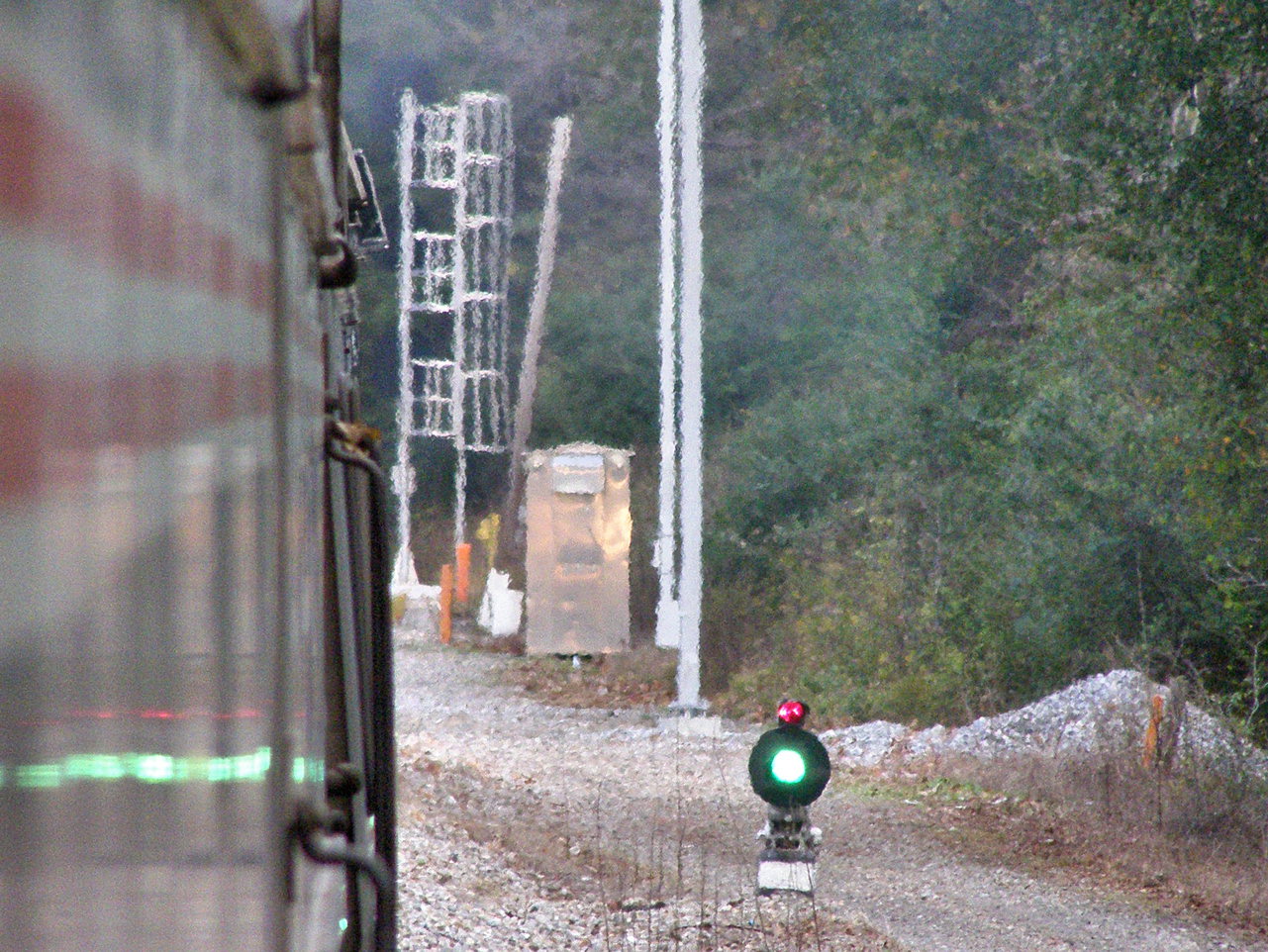As you can see the Southern was a route signaled system which means that all the very specific Speed based signals just get tossed right into the bin and replaced with "Prepare o Diverge", "Diverge to Clear" and "Diverge to Stop". In what might be a new level of laziness Rule 304 "Diverging Clear" actually informs crews that if an intermediate signal does not exist between there and the next interlocking they must approach that signal prepared to diverge as well. So at that moment the engineer must be cognizant of the current turnout speed, if there is an intermediate signal and if not then the next turnout speed as well as any additional speed restrictions which are all recalled from memory.
 |
| I might not like Y/Y Advance Approach, but its better than Approach Diverging |
 |
| There's something about green and yellow that just goes so well together. |
| Bottom yellow restricting with a gap in action. |
 |
| However NS generally prefers including the middle head. |
I'll make things easier and point out that the only change is to the *Y* indication going from Approach Slow to Approach Restricting. This gives us the opportunity to talk about why the route signaled Southern has this big old speed signal indication in it. Rules 306 and 306.1 were added when flashing relays became available, sort of like Medium Approach on the PRR. They were needed for the Southern's CTC projects that looked to replace the single track bi-directional ABS lines with manual passing sidings. The new CTC sidings were not signaled and thus the need for a new indication was born. By flashing the yellow the existing ABS signals would not need physical modification with extra heads. At some point NS changed the indication from Approach Slow to Approach Restricting since that is the indication the train would be approaching.
Another indication that seems to have bitten the dust between 1980 and 1981 is Rule 305 or Diverging Route Clear, Approach Limited. Again this seems like one of those CTC related rules that was trying to fix the problem of back to back interlockings I mentioned before. In this case the Southern used the old Limited Speed Triangle to tell engineers they were diverging into a single block siding and should expect to diverge again. It appears the experiment was a failure as like I said no mention appears in the 1981 rulebook.
Moving on to dwarf signals R/Y for Diverging Approach is carried over leaving Y as the main Restricting indication. Fortunately the use of virtual signal heads means that a three lamp dwarf with the order R-Y-G can display R/Y Diverging Approach or Y Restricting. Like NORAC a 4th lamp is needed to display both Clear and Diverging Clear, but instead of G/G, the Southern employs G/R like the Western Roads. All indications have their own dwarf equivalent and moreover with the exception of Restricting all indications' dwarf signals mirror at least one high signals aspect.
 |
| Even if one of the lamps is clearly more of an afterthought. |
Well with only 10 signal rules to cover that's pretty much it. Tune in next time for whatever it is I can find photos of.

No comments:
Post a Comment